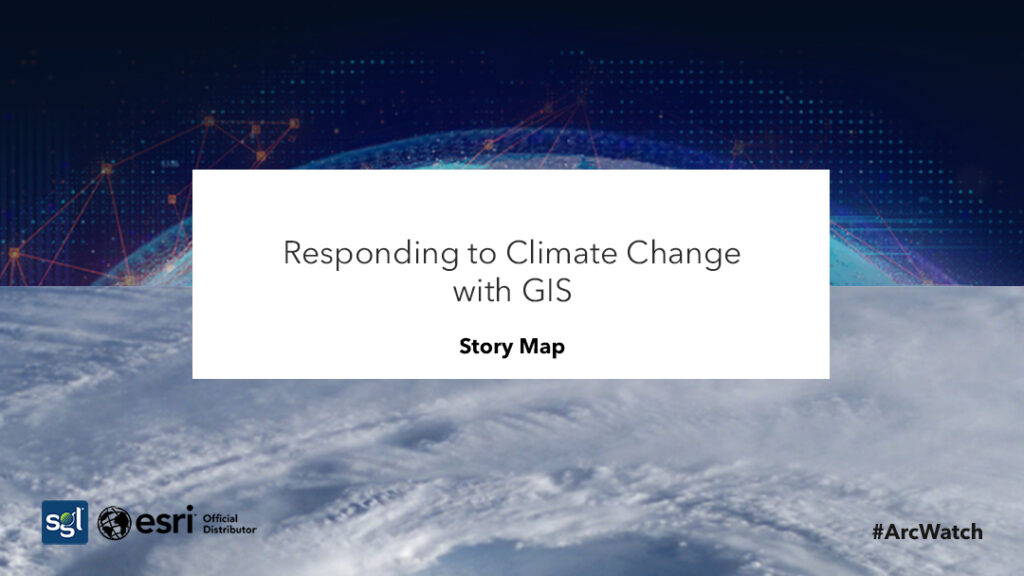Responding to Climate Change with GIS
Climate change is the change in global or regional climate patterns. It gives out a factual threat to the surroundings, to diminished societies, and to the welfare of our community. It endangers structures and ecosystems. (ESRI, 2021)
Geographic Information System (GIS) technology is a very important factor in our attempt to hold forth to climate change. Geographic information systems (GIS) have been merged into big sectors and organizations. Data can be extensively turned into insights and analytic components that can be allocated to all level of sectors, whether government or private by going through these work and efforts (ESRI, 2021).
As stated by Esri, there are five ways by which geospatial technology can merge and build on prevailing tactical responses to the climate catastrophe:
- Promoting Sustainable Agriculture
There’s the need for farmers, ranchers and people in the Agricultural sectors to initiate and expand programs which will inspire and aid them to introduce science-based technologies in their approaches like planting cover crops, reafforestation just to mention a few, to draw down atmospheric carbon and also benefit from it to compete in the market world and still protect the resource of the country or region.
- Extreme weather events
The physical effects of climate change keep becoming serious and more recurring.
With the help of Geographic information Systems (GIS), any country can become alert and respond to maximal weather events through study and situated apprehension. Esri also provide projected analysis data on weather related crisis and also make live feed of occurred data available extreme weather events unravel. All these help organizations prepare for extreme situations and respond to them.
- Achieving Climate Justice
It is imperative to know and have an understanding of the cause of pollution and the impacts it has in order to keep a spot free and healthy environment.
In order for communities to not suffer from pollutant facilities, environmental and climate justice can be initiated including initiating monitoring in communities, getting notice from communities and questioning issues in affected communities.
- Ensuring National Security
Climate change can multiply damage by increasing existing weather-related risks and menacing global stability and security.
It is very important to merge GIS into solutions pertaining to climate change as a security issue. To help protect national security and identify resource prone areas.
- Protecting Biodiversity
Protecting biodiversity is an important factor for tackling climate crisis.
The analysis of Geographic Information System (GIS) can give important decisions about conservation of environmentally critical ecosystems by identifying endangered species in locations. Analysis of land use change can disclose biodiverse areas prone to danger. (ESRI, 2021)
References
ESRI. (2021). ArcWatch. Retrieved from www.esri.com: https://bit.ly/34jN6EG


